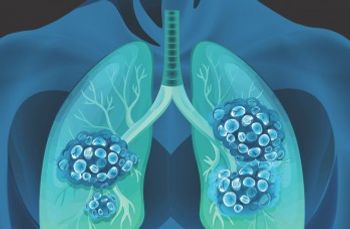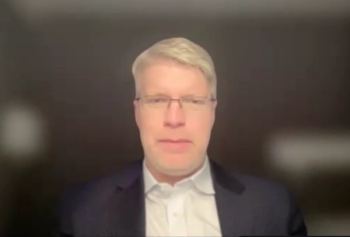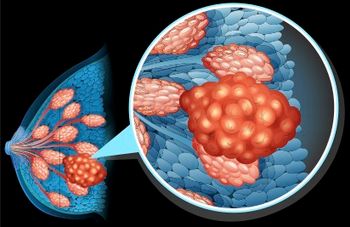
Humor and Oncology
On many occasions, I have been asked by colleagues or patients, “How do you do what you do?” when the topic of taking care of patients with a terminal illness comes up. So, is it possible to write about the topic of humor in oncology without seeming cynical and uncaring? Obviously I think it is.
“That’s about as funny as cancer,” is a phrase most people have heard. It is neither entertaining nor enlightening and carries with it the weight that most people recognize is an oncologist’s burden. On many occasions, I have been asked by colleagues or patients, “How do you do what you do?” when the topic of taking care of patients with a terminal illness comes up. So, is it possible to write about the topic of humor in oncology without seeming cynical and uncaring? Obviously I think it is.
L. Michael Glod, MD
Of course, in the era of
I don’t have the time to write a scholarly article such as the one by Joshua, which I definitely recommend, so I’ll just share a few thoughts. Just as when you are at a party, have a joke which has nothing to do with oncology available to share with a patient. Timing is everything. I almost never tell jokes in an initial encounter. However, here is an exception: A patient with a great deal of insight, recently diagnosed, comes in for a consultation. He or she finishes the personal account of the HPI with the following thought. “I don’t see how this could have happened. I have exercised, eaten properly, and I never smoked.” At some later point (usually after the physical exam and discussion of options), I sometimes find it relieves the tension to bring out this old saw: “So, other than that, Mrs. Lincoln, how was the play?” In writing this, I can’t fully describe how or when that seems appropriate, but it often does, and brings a smile to my patient’s face that communicates “you get it” back to me.
Another vignette I can share is the patient whom you know well comes in after his or her scans demonstrate progression of disease after second- or third-line chemotherapy. You gently go over the options, focusing on palliative care as being your preference, and point out that additional therapy carries as much probability of doing harm as it does of doing good. The patient responds with words to the effect that “this is it, huh? There’s really nothing else you have to offer?” You go over phase I clinical trials, etc., but the telltale signs of cachexia, inanition, and so forth tell you that the patient really is within 3 to 6 months of dying. The pregnant question comes up: “So I’m really that close to the end?” To break the tension, I often introduce an image that has stayed with me since my teenage years. It comes from an old TV ad for life insurance.
A group of four guys are at a bowling alley, laughing, having a good time. From the left of the screen, two partially transparent gentlemen with wings emerging from the back of their business suits appear and walk up to one of the guys. They take him by each arm and lead him to a partially transparent escalator that has appeared on the far side of the lanes. As he is going up the escalator with the angels, he is heard to remark, “But wait, I was working on a spare!” I think this illustrates both the irony of being alive, our commonality in living as though we will never die, and an example of how humor can defuse one of the most challenging of situations we face. Regardless of how or if you use humor, I sincerely hope your patients leave your office “feeling better” even if there is nothing tangible you have done for them.
Here is a
Newsletter
Stay up to date on recent advances in the multidisciplinary approach to cancer.



















































































